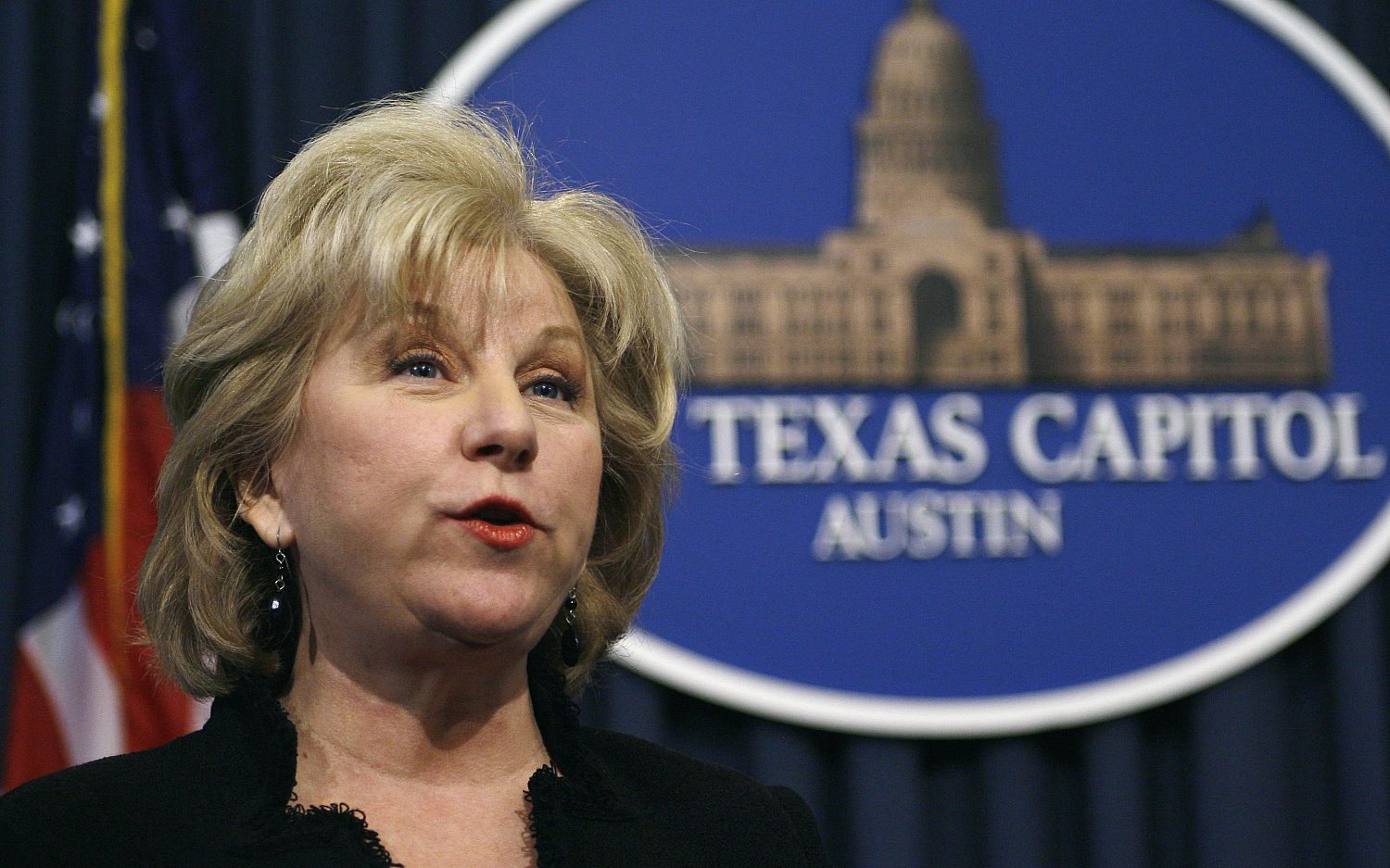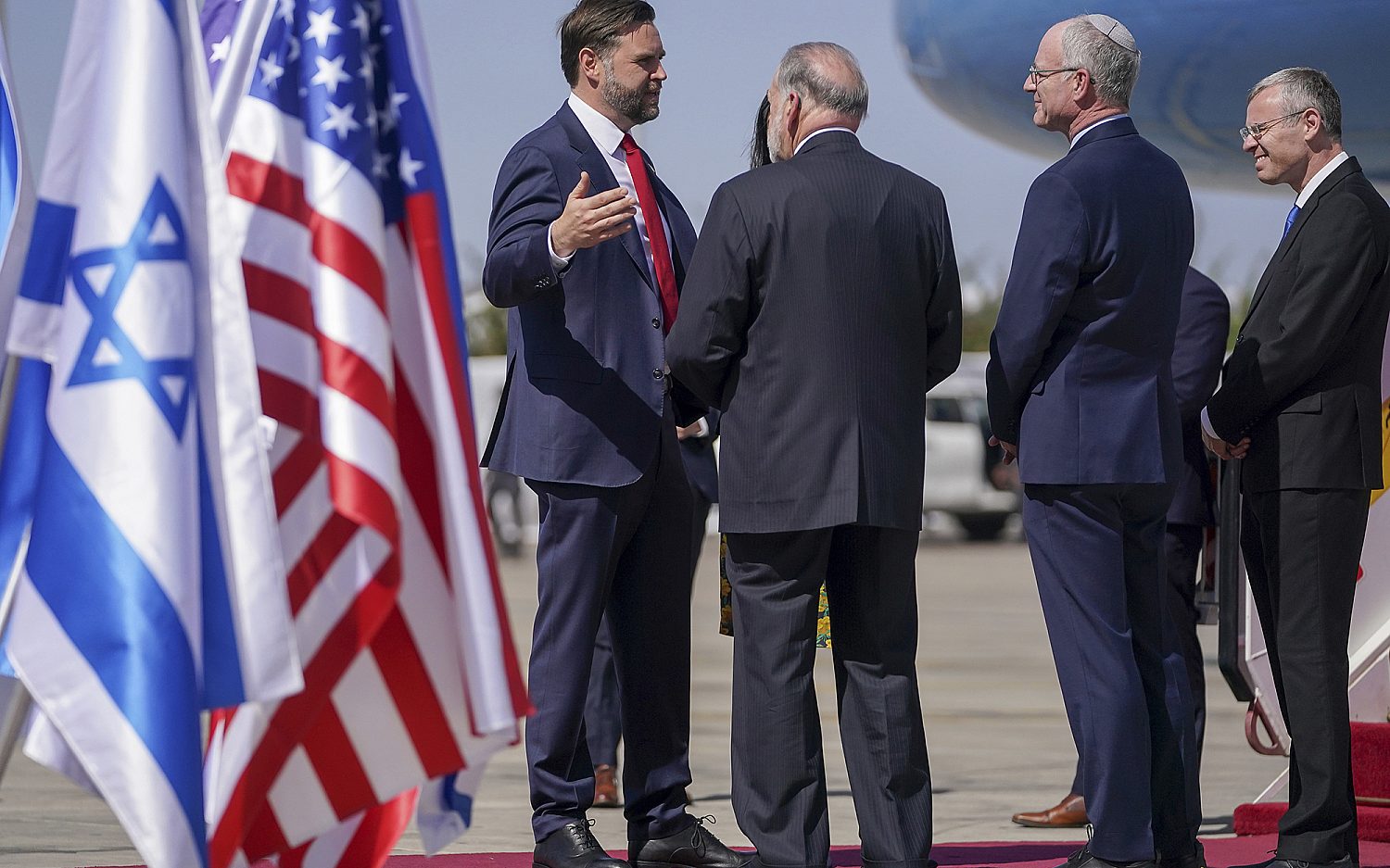Young voters--a political mixed bag
If they can be stirred out of their stereotypical apathy, young people increasingly fall across party lines, creating a challenge for traditional party candidates
MISSOULA, Mont.—Fluffy bunny ears and hot pink bunny shirts are now familiar attire on Montana college campuses. As the 2014 midterm election inches closer, energetic young volunteers with Forward Montana, a left-leaning but officially nonpartisan organization, have been hopping all over the state in their trademark furry bunny costumes to get more young people to vote. They call themselves the Pink Bunnies, but they’re much more aggressive than their cute moniker would suggest—they’ve recently registered more than 10,000 new voters.
“We’re sending a message to the decision-makers up top that we young people are no longer apathetic, that we’re not going to be quiet anymore,” said Lucy Peraino, a 21-year-old University of Montana student. She also works full-time for Forward Montana as a leadership development organizer, although she jokingly calls herself Democratis Prime. As Peraino showed me the doodles of evil-looking bunnies and the kooky posters her team members made, she giggled. “Yeah, we’re weird,” she said. “We are so, so weird.”
“Weird” is a good way to describe the Forward Montana team. But its members also are fun-loving, vigorous, and facetious. The group wears its liberal wackiness proudly. But the single word that best describes the Forward Montana team is “young.” A fresh, youthful vibe permeates the whole team.
Forward Montana is one of many grassroots organizations mobilizing young people into more political engagement. The 2008 presidential campaign was a wake-up call for politicians when record turnouts of young voters played a key role in getting President Barack Obama elected. About 66 percent of those under age 30 preferred Obama over Republican candidate John McCain.
Young voters are vitally important for Democrats in this upcoming midterm election, since they primarily vote Democratic. Such potential young voter influence has many Republicans anxiously biting their knuckles. Democrats are banking their hopes on young voters to help them eek out wins in tight Senate races, especially since 11 of the 19 states with critical Senate contests also had the highest young voter turnout in 2012.
In Montana, many liberals hope Democratic Senate candidate Amanda Curtis will inspire the same kind of proactive enthusiasm Obama did among young voters, with her “can do” youthfulness, twinkling nose stud, and outspoken social progressivism. Although the state voted for McCain and Mitt Romney in the last two presidential elections, younger voters helped elect two Democratic senators and a Democratic governor.
Still, there’s always a droning fear that young people will follow their notorious stereotypes: being flaky and unreliable when their votes matter most, apathetic when it comes to politics. Young people under age 30 make up 21 percent of eligible voters in the United States, 7 million more potential votes than seniors. But voter turnout among the young continues to be low: only 45 percent of eligible voters between ages 18 and 29 voted in 2012, compared to a national average turnout rate of 58.2 percent. Midterm elections draw much less interest from young people. Just 24 percent turned out to vote in 2010—almost half the youth turnout rate for presidential elections.
That’s why groups like Forward Montana are trying to re-package politics as cool and hip for millennials, with slang-heavy, potty-mouthed slogans and zany creativity. One of its best-selling T-shirts says, “God, Guns, and Gays … Love ’em all.”
Headquartered in the bright blue city of Missoula, home to the University of Montana, Forward Montana is easily the most creative and aggressive political youth galvanizer in the state, enough to stir healthy envy and begrudging admiration from its conservative counterparts. In August, more than 200 students, state legislators, and supporters attended its 10th anniversary outdoor bash to celebrate its many achievements, including its significant growth in budget and reach. When the original founders created Forward Montana in 2004, even Democrats thought it would be a fleeting pet project by bored college students.
I visited the group’s cozy but cluttered office space in a downtown building close to the university campus. The staff members and volunteers, several of them high school interns, were just finishing up a meeting, in which they brainstormed themes for their upcoming “get out the vote” bus trips around the state. The meeting was full of quips and barbs, sometimes with laughter so hard that tears flowed.
“When Forward Montana was founded, we wanted to do things that other organizations couldn’t,” said CEO Kayje Booker. “We’re sillier, edgier, and I guess sometimes we can be irreverent.” And the group can get away with it, because young people expect those offbeat characteristics.
Booker, who at 35 already misses some of her younger co-workers’ pop references and jokes, said Forward Montana works because it’s completely youth-oriented: It’s young people reaching out to other young people at their regular hangout spots and talking about issues they care about, such as marriage equality and affordable education. “We’re not going to assume they’re going to show up to an event at the community library at 7 p.m.,” she said. “We’re meeting them where they’re at.” Group members regularly visit pubs, campuses, and parties.
Forward Montana’s conservative counterpart, Americans for Prosperity (AFP), also is making bold strides to broaden the political spectrum. When I visited its Missoula office, which opened this year in June, staff members and volunteers were pumped about having knocked on 4,700 doors on one Saturday.
AFP also is a grassroots, so-called nonpartisan organization that endorses issues rather than candidates. Nationwide, AFP is one of the most successful citizen activist groups for conservative economic ideals: It has more than 2.3 million active members in all 50 states, with 34 state chapters and affiliates. But the Montana chapter specifically targets young voters.
The Missoula branch’s field director is 21-year-old Kendall Cotton, a blue-eyed blonde who looks like an All-American poster child. He doesn’t care much for social issues, but when he shares his economic beliefs, his eyes light up, especially when talking about the “explosion of young people accepting the idea of a free market.”
Even in this age of iPhones and Twitter, the most effective way to reach young people is to show up on their doorsteps. When Cotton goes door-to-door to talk about issues, he hears many complaints about Obamacare and frustrations among young entrepreneurs who butt heads with government regulators. He has discovered most young people agree with him on economic issues.
Too many people vote blindly according to party politics, Cotton said, but young people vote according to issues and ideas, not a candidate’s likability or party, and they’re ready for debates beyond partisan lines: “Parties will have to change if they want to reach more young people.”
While in Montana, I heard young people—Democrat, Republican, and Libertarian—frequently use the word “disenfranchised” to describe themselves. The general consensus is that neither party does a good job listening to young voices and keeping their promises. Even Obama, once a beacon of optimism and change, has lost the favor of his young voters, who are increasingly disgruntled and disillusioned about his administration and policies.
Samuel Thompson, a 23-year-old environmental studies major with a dark-blonde goatee and hoop earrings, was one of many young voters who became “fed up” with the national political scene. He worked for the Obama campaign in 2008 because he believed Obama when he promised to combat climate change. But when he saw little national traction in Washington, Thompson “stepped away from politics” because he felt “disenfranchised”— until he realized he had more sway with local and state politicians. So he entered the political field again and ran for state legislature in his district. He didn’t win, but he’s helped other young candidates into office, including Amanda Curtis.
Thompson is a fair representation of the typical young voter: passionate about issues, frustrated with the current political system, open to controversial discussions, and wary of partisan labels—even as president of the College Democrats at the University of Montana. He would rather call himself a “progressive,” considering himself “not a typical Democrat,” since he leans fiscally conservative and favors gun rights.
UM College Republicans president Connor Sheffield is another good representation of the political mixed-bag among young people today. Sheffield, a shaggy-haired, 19-year-old political science and economics major, can preach passionately and eloquently about the value of small government and free market economics for more than an hour—but he agrees with his liberal counterparts on most social issues, such as gay rights and marijuana legalization.
Even as millennials shift conservative fiscally, they’re also becoming more socially liberal. “Our generation grew up during post-9/11,” Sheffield explained. “More than half of our life, our country was in war. So we’ve lost a lot of trust and faith in the government. We see people marching for rights that they shouldn’t have to. We’re tired of that. We just want people to be free.”
An actual newsletter worth subscribing to instead of just a collection of links. —Adam
Sign up to receive The Sift email newsletter each weekday morning for the latest headlines from WORLD’s breaking news team.





Please wait while we load the latest comments...
Comments
Please register, subscribe, or log in to comment on this article.